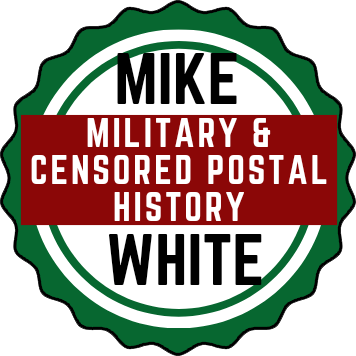Nauru
The world’s smallest Parliamentary Republic with a big history — an island in the Western Pacific about 30 miles south of the Equator discovered in 1798 by John Fearn, a British whaler who named it “Pleasant Island”.
Nauru has a colourful history, in 1886 Germany sought control of it in order to strengthen the defence of it’s new Marshall Islands protectorate. Agreement was made and in April 1888 Germans landed and suppressed a 10 year old tribal war that had killed one third of the population.
Later in October 1888 the Germans attached Nauru to the Marshall Islands leaving the administration to Jaluit Gesellschaft, a German Trading Corporation. 1899 saw the discovery of high quality phosphate and development was accelerated with the Germans opening a Post Office on the island in July 1908 using Marshall Islands stamps.
WW1 saw the Island surrender to the Australians in early November 1914 and the P.O. was closed with the supply of stamps being taken to Rabaul, Papua & New Guinea where they were overprinted for use elsewhere, while some Australian stamps overprinted N.W. Pacific Islands were in the early stages used for postage.
Nauru’s first stamps issued 2 September 1916 were a dozen British definitives overprinted NAURU. 1920 saw the League of Nations grant Australia, Great Britain and New Zealand a joint Mandate with Australia as administering authority over Nauru and it’s first pictorial definitives were issued in 1924.
Soon after Japan‘s attack on Pearl Harbour most foreigners, including phosphate company employees were evacuated and Japanese forces landed August 1942 with workers brought in to construct the island’s first airport, which was completed January 1943 and became a base giving support to Japanese forces in the Gilbert islands and further to disrupt Australian sea routes. March 1943 saw the first US bombing mission of Nauru which damaged the airfield and 15 aircraft. As bombing intensified Japan‘s line of communications was severely disrupted resulting in food and supplies becoming desperately short. The Japanese forcibly removed 1200 Nauruans to Truk atoll to ease the problem.
The Japanese garrison surrendered mid-September 1945 to the Australians. Nauru was made a U.N. Trust Territory under Australian administration and the use of Australian stamps is known during the initial period, later the 1924 definitives resumed some use until new pictorial definitives replaced them in 1954.
-
1943 NAURU –JAPAN…1943 JAPANESE OCCUPATION… [21725]
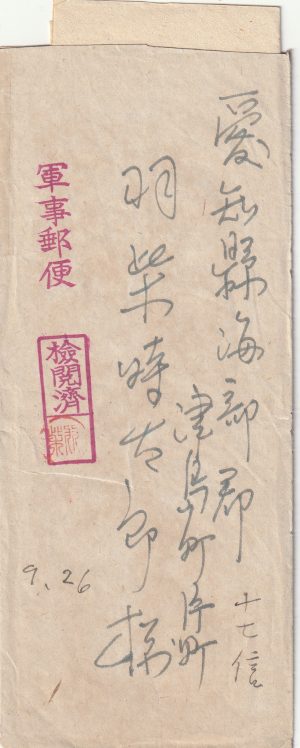 $950.00
Add to cart
More Info...
$950.00
Add to cart
More Info... -
1943 NAURU – JAPAN…WW2 JAPANESE OCCUPATION… [17999]
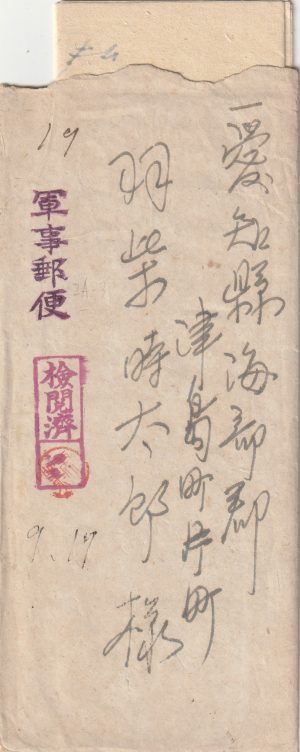 $925.00
Add to cart
More Info...
$925.00
Add to cart
More Info... -
11943 NAURU – JAPAN…WW2 JAPANESE NAVAL OCCUPATION… [21553]
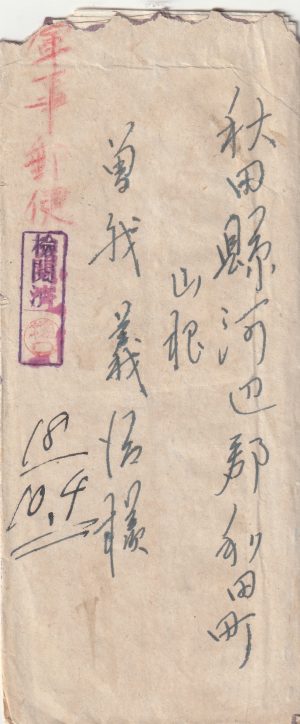 $950.00
Add to cart
More Info...
$950.00
Add to cart
More Info... -
1946 NAURU-USA [AIRMAIL-HIGH RATE] [16119]
![NAURU-USA [AIRMAIL-HIGH RATE]](https://mikewhiteuk.com/images/4074-300x186.jpg) $700.00
Add to cart
More Info...
$700.00
Add to cart
More Info... -
1943 NAURU – JAPAN…WW2 JAPANESE OCCUPATION… [13782]
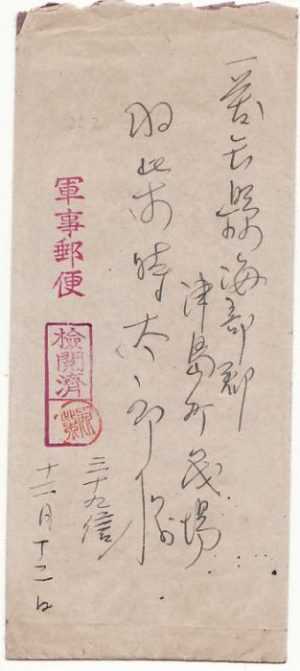 $950.00
Add to cart
More Info...
$950.00
Add to cart
More Info...
